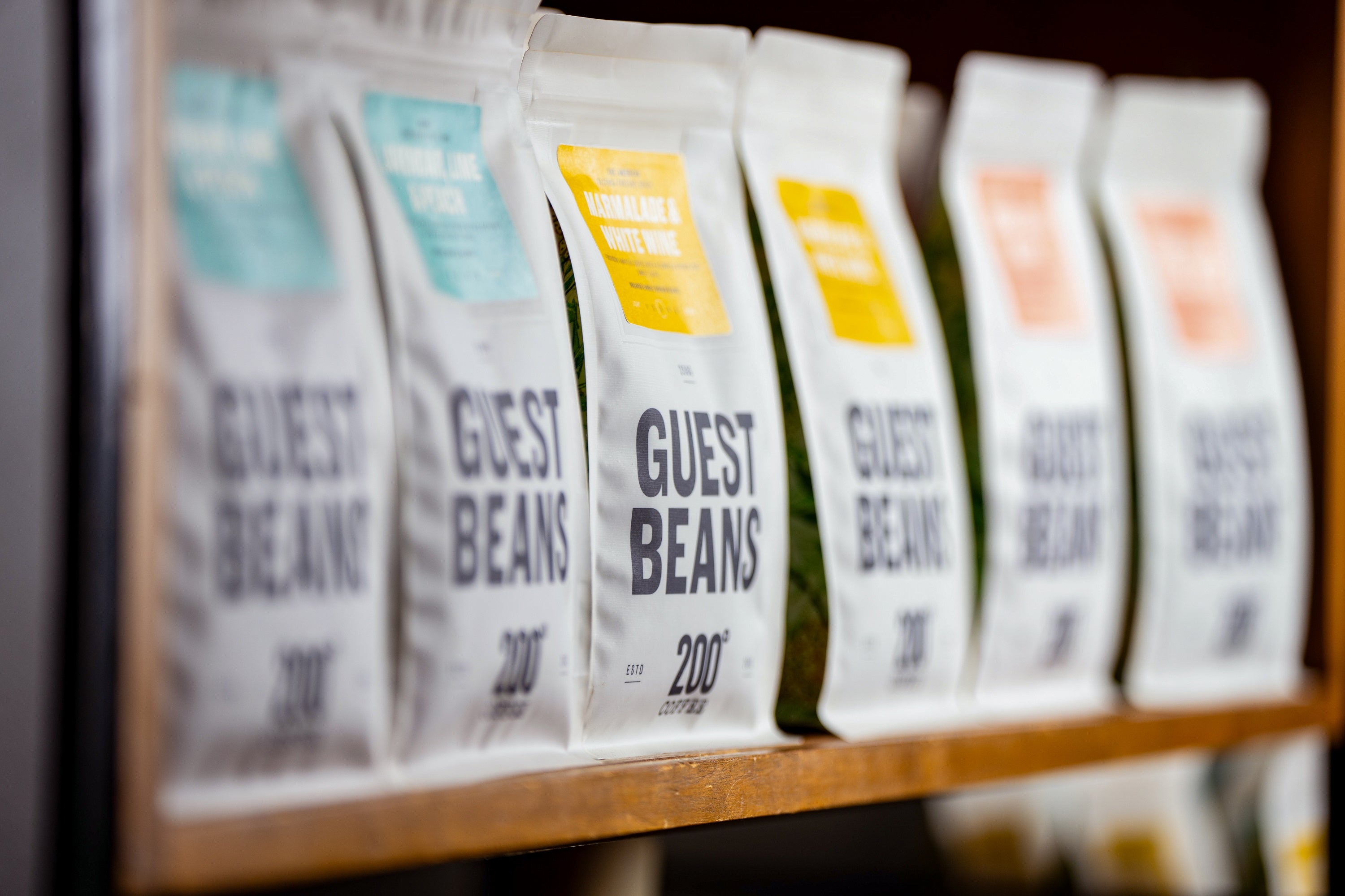200 Degrees' Guide to Taste Notes

- Education
When shopping for coffee you might notice the appearance of “taste notes” in the product description or on the packaging. Here you’ll find various food words and phrases bandied about, like “creamy caramel”, “floral overtones” and “hints of citrus”. What the heck does that all mean? Surely coffee tastes like… coffee?
The first thing to remember is that taste notes, rather like the Pirates’ Code, are “more what you'd call guidelines than actual rules." Or in this case, suggestions rather than actual foodstuffs you find in amongst the beans. So the coffee in question to taste of chocolate, lemon zest or whatever but doesn’t actually contain any of those flavourings. It’s down to the chemicals in the beans reminding you of which flavours you know from your own cultural, coffee and culinary experiences – a sense memory.
So, a coffee will only taste of “strawberries” if you’ve ever eaten a delicious strawberry in your life, and can only be floral if you’ve taken time to stop and smell the flowers. Your brain is simply recalling the memory of these flavours - there’s no flowers or fruit actually IN your coffee.
Unless…. (and now we throw out everything you just read) you’re drinking a coffee infusion.
“Infusion” is the process of adding flavour to coffee beans by steeping or soaking it with oils, spices, fruits or herbs This can happen during fermentation or after roasting and what it means in terms of taste notes is that the noted flavour is in there, for real. This can make for some delicious, daring and slightly deranged coffeesincluding blood orange, vintage rum and even Christmas pudding! Launching soon, you’ll be able to try our first rare bean – a blackberry infusion.
At the end of the day, it’s probably easiest to say:
Normal coffee = it’s all in your head
Infusion coffee = it’s all in the beans.
Enjoy your cup.